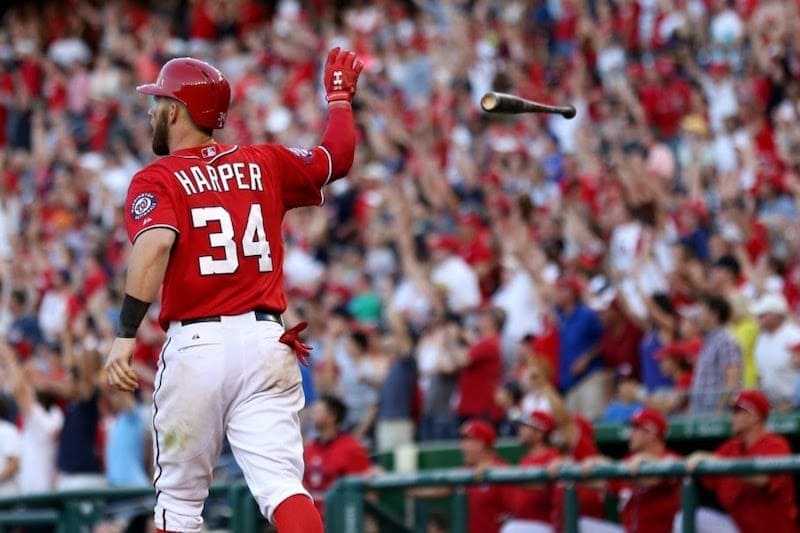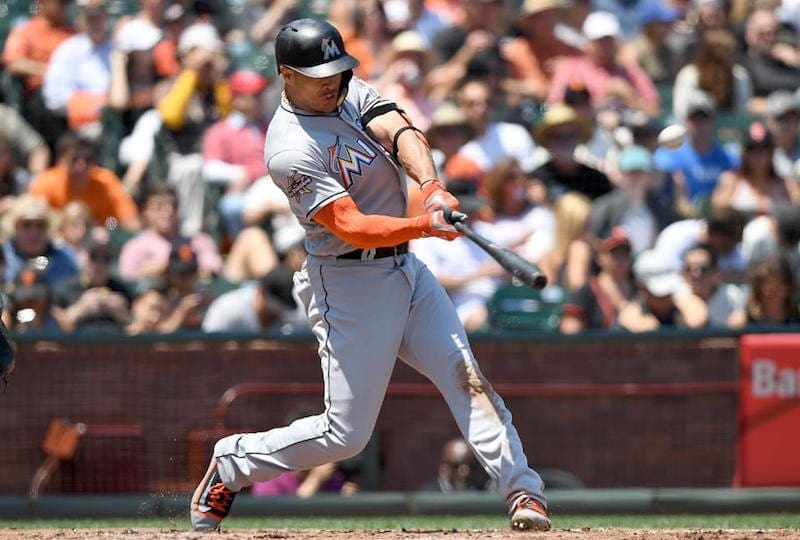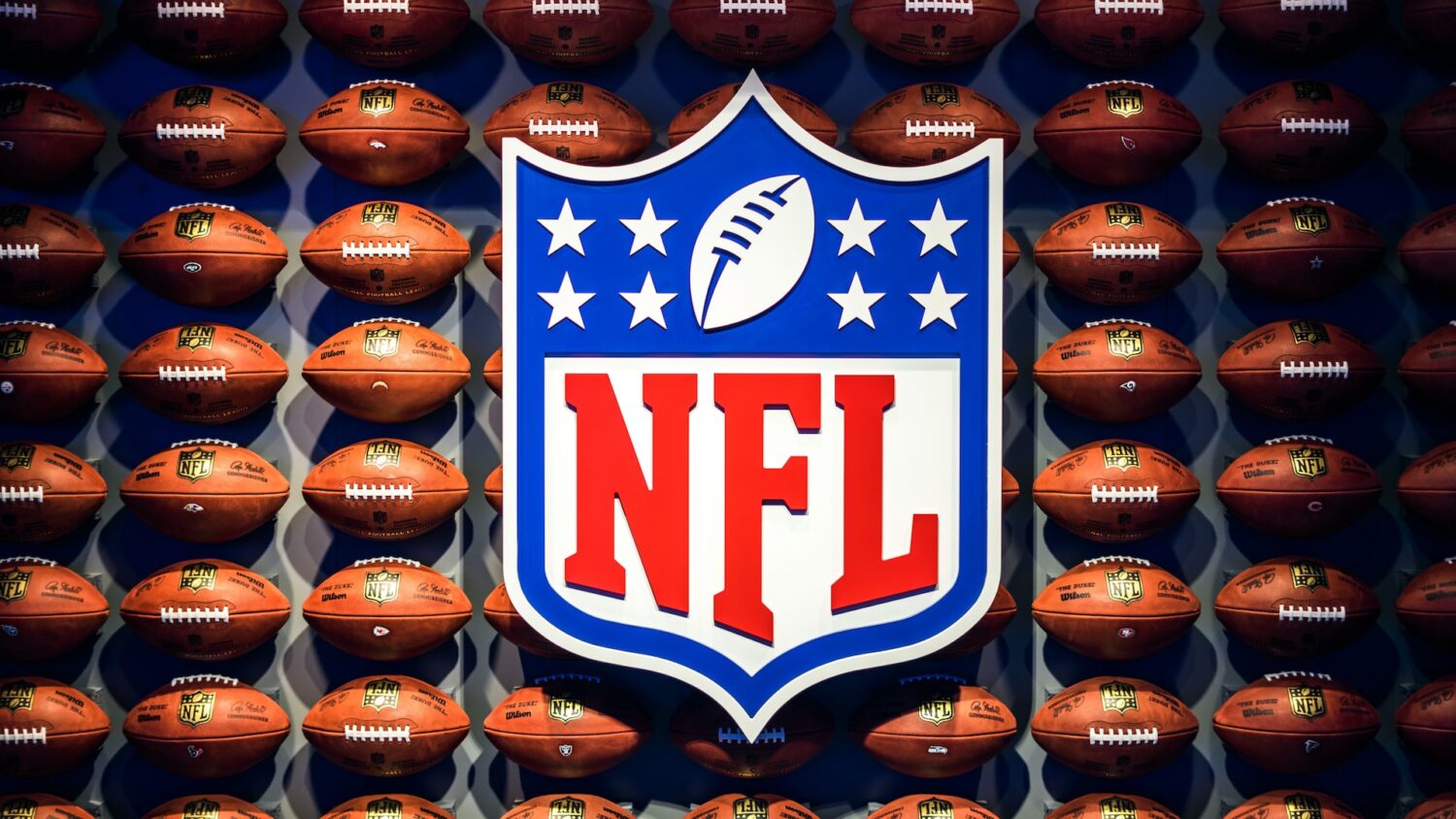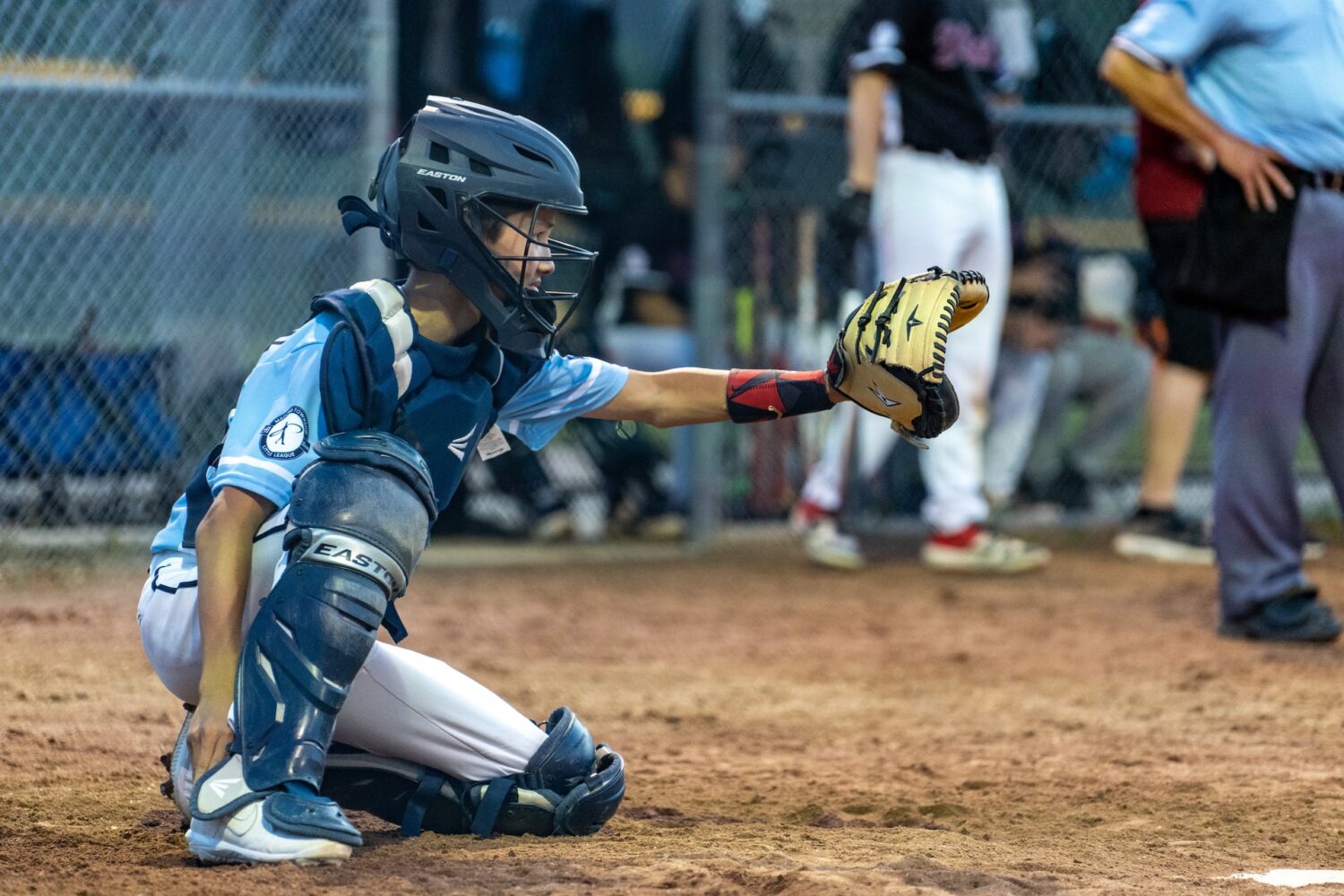
If you feel as if you’ve been hearing about more home run hitters and balls flying out of the park this year, you’re 100 percent correct. For the past year and a half, baseball fans have seen a surge in home runs. In fact, the 2017 season is likely to break the home run record.
Through last Saturday, before the Midsummer Classic, the MLB was on pace to 6,117 home runs for the 2017 season. It would surpass the current record, set during the steroid era, by more than 400 home runs.
Every month we’ve seen a new record broken. In May, batters hit 1,060 homers, which at the time was the second most for a calendar month in the history of the MLB. Just a month later the record was broken, when hitters knocked 1,101 balls out of the park. That’s 32 more home runs than the previous record set in May 2000.
So it begs the question: what has changed over the last few years that has resulted in such a surge? There are several theories:
Analytics
The more technology advances and the more players dabble in analytics the more they will understand about what happens when the baseball is hit. Players now understand more about launch angle and exit velocity, and that hitting fly balls is more productive than ground balls. The league’s Statcast started measuring exit velocity, launch angle and distance back in 2015, giving players, teams and fans the chance to understand how such measurements affect where the ball lands.
There has been a lot of talk about launch angle. Launch angle measures the vertical direction in which the ball comes off the bat. So if the launch angle is zero, it would be a straight line, too high and it will be a pop up. According to FiveThirtyEight the ideal launch angle for a home run is from 25 degrees but below 30. If it’s round 25 degrees it will be a line drive, above 50 it will be a pop up.
Changing of the ball
If you want to better understand how changing a baseball can change the way the game is played, and how many home runs are hit, just take a look at the end of the Dead Ball Era. Not all balls are created equal, and changing it slightly can easily mean more balls will be hit out of the park. According to The Ringer, this is the most logical theory, also know as the “juice ball theory.” The Ringer says that “the home run pattern could be consistent with a new ball being introduced in the second half of 2015, when some teams tend to replenish their stocks.”
So what exactly makes it a “juice ball”? There are several things, including the coefficient of restitution, also known as COR. The higher the COR the farther and faster the ball will travel. The seams and circumference of the ball can affect the way the ball travels as well.
Hitters are more powerful
Another theory that combined with the others on this list could affect the number of home runs hit, is that players are simply more powerful. This theory isn’t surprising, as technology and medicine advance so do training regimens and nutrition, and it has an effect on players. Take a look at Aaron Judge who is leading the league in home runs with 30. The Yankees rookie is 6’7 and 282 pounds, it’s no wonder he hits balls nearly 500 feet at almost 120 mph. Another example: Eric Thames, who returned to the MLB a brand new player after several seasons in Korea, said he learned how to be mobile and really use his body to influence his game.
Another theory that has floated around is not one we want to believe, and one that is hard to believe. Some have questioned whether or not we have found ourselves in the midst of another PED era. But that would mean that everyone started using PEDs at the same time, which is highly unlikely, especially with league testing. And the league has gone after players. Eric Thames was subject to a second drug test just weeks after the 2017 campaign began.
Odds are that every one of these theories is true, and each has affected the number of long balls we’ve seen this season. There are probably even more reasons and theories out there that we are currently unaware of.
But for now, let’s sit back and enjoy the days we get to witness home run after home run.














